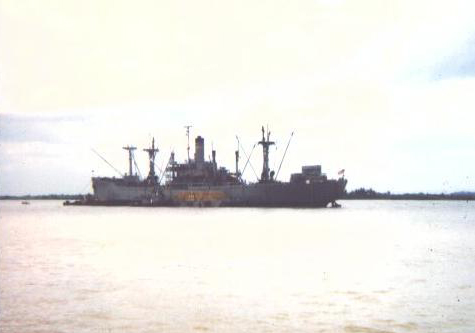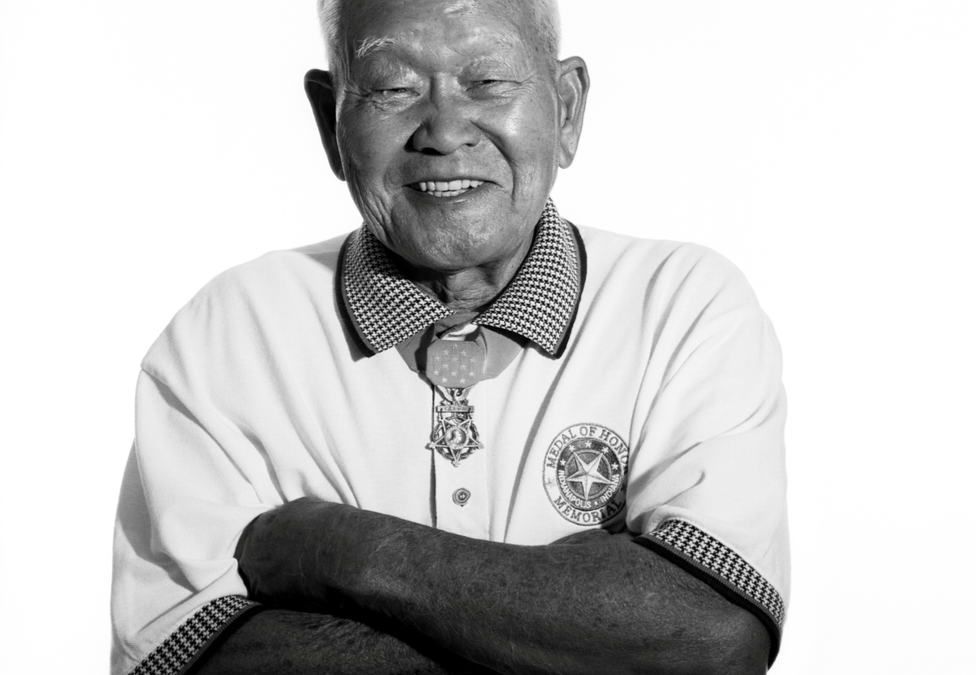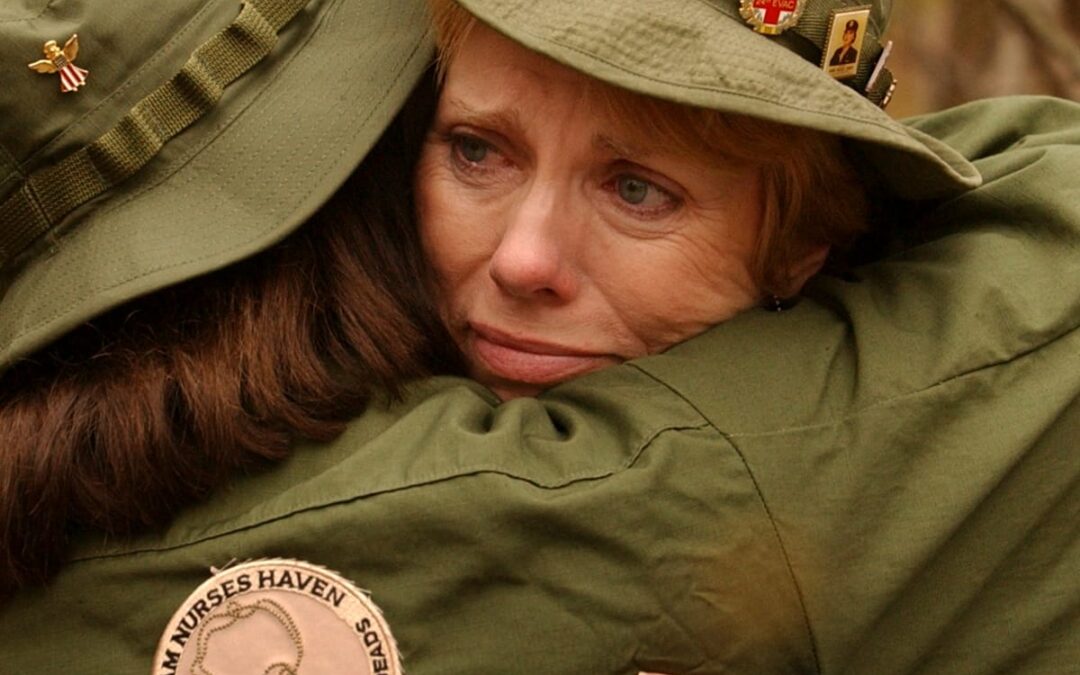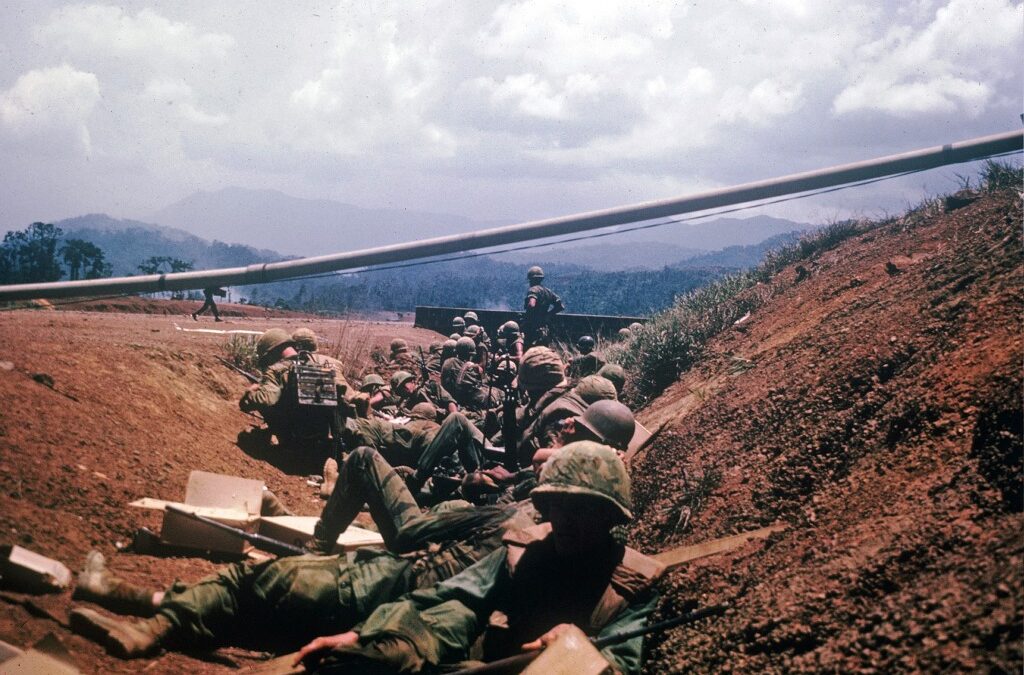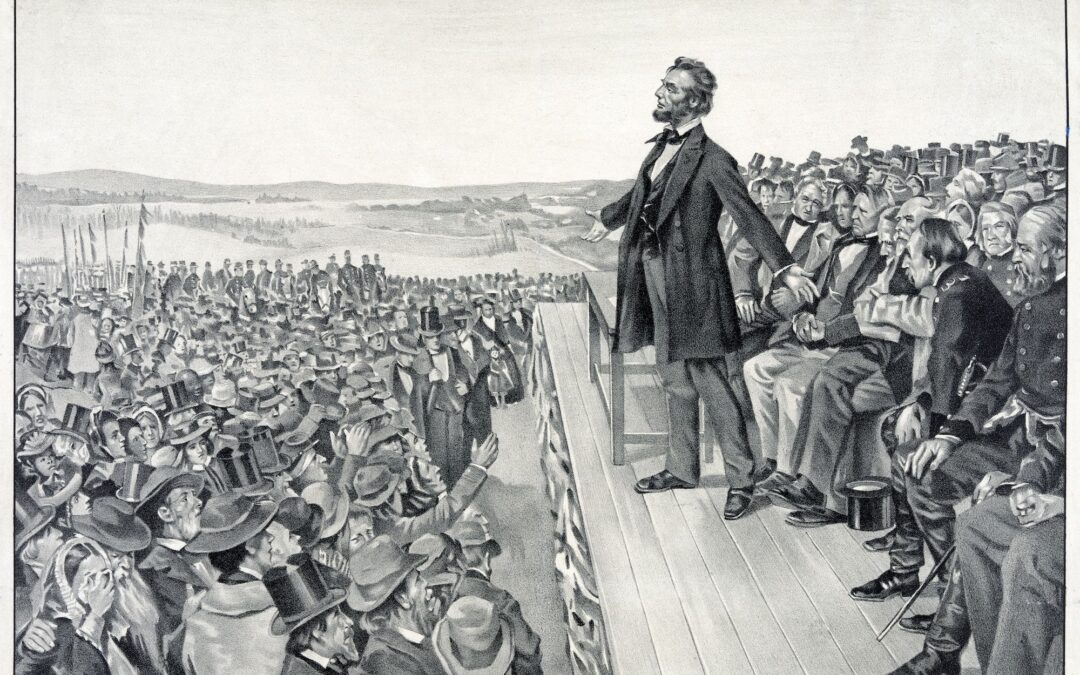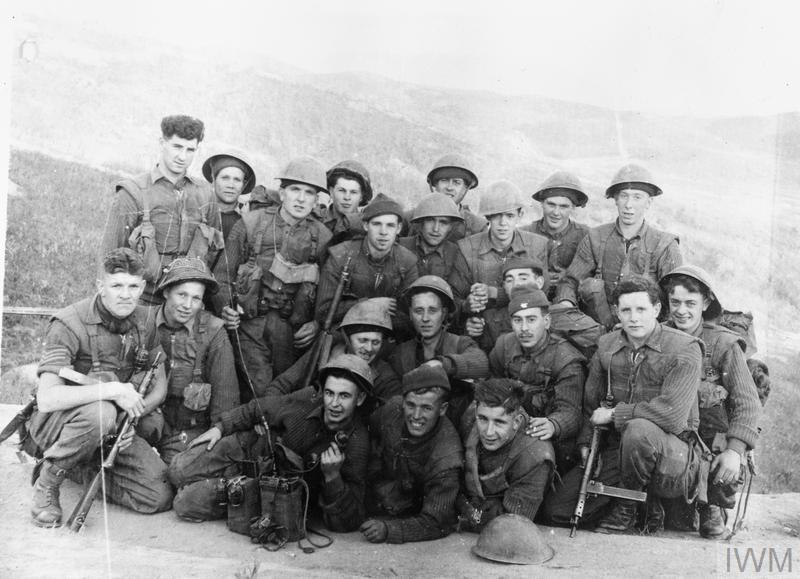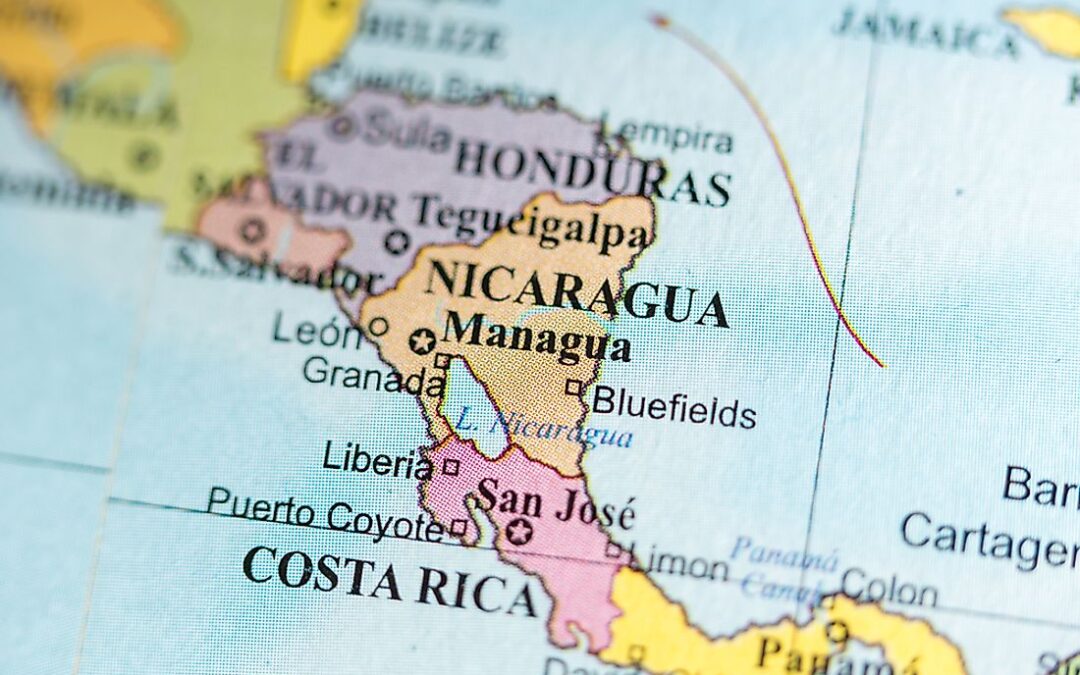Senior Chief Petty Officer Douglas "Mike" Day was the first to breach a small room while on a house raid in Iraq's Anbar Province in April 2007. The moment he walked in, he felt like a sledgehammer hit him. It was the first of many bullets he would take in the next few minutes. The entire gunfight was about to take place inside of a 12-foot room. Day and his fellow U.S. Navy SEALs were tasked with taking down a terror cell run by al-Qaeda in Iraq (AQI), the group that years later would morph into the Islamic State. With them was a team of Iraqi scouts on the hunt for a high-value target inside an AQI terror cell. They had shot down a pair of American helicopters, killing everyone aboard. Mike Day's Attack on Terror Cell Run By Al-Qaeda in Iraq To catch him, they were raiding a suspect's house at night. This particular house they were raiding was full of enemy insurgents. The room he just entered contained three of those insurgents. They opened fire on him as soon as he entered...

